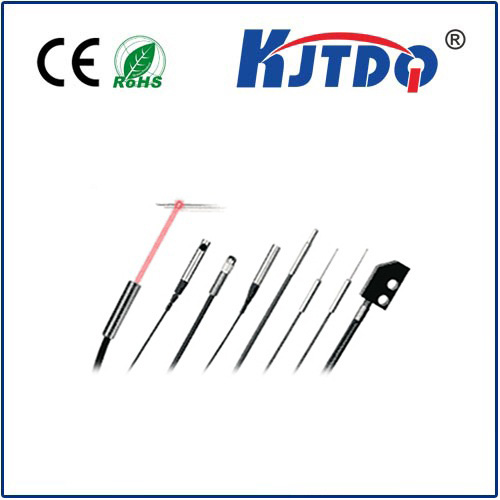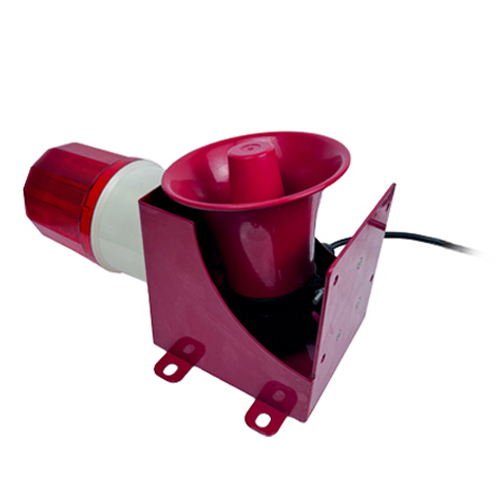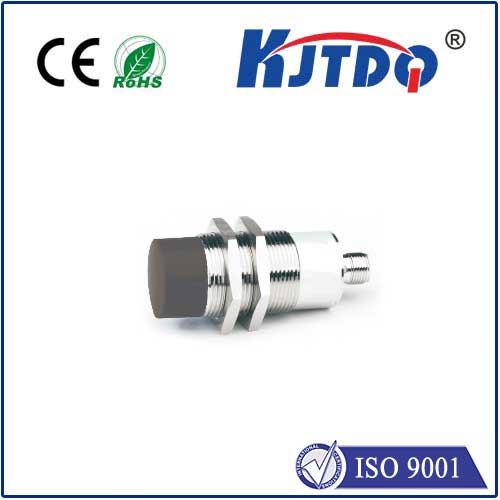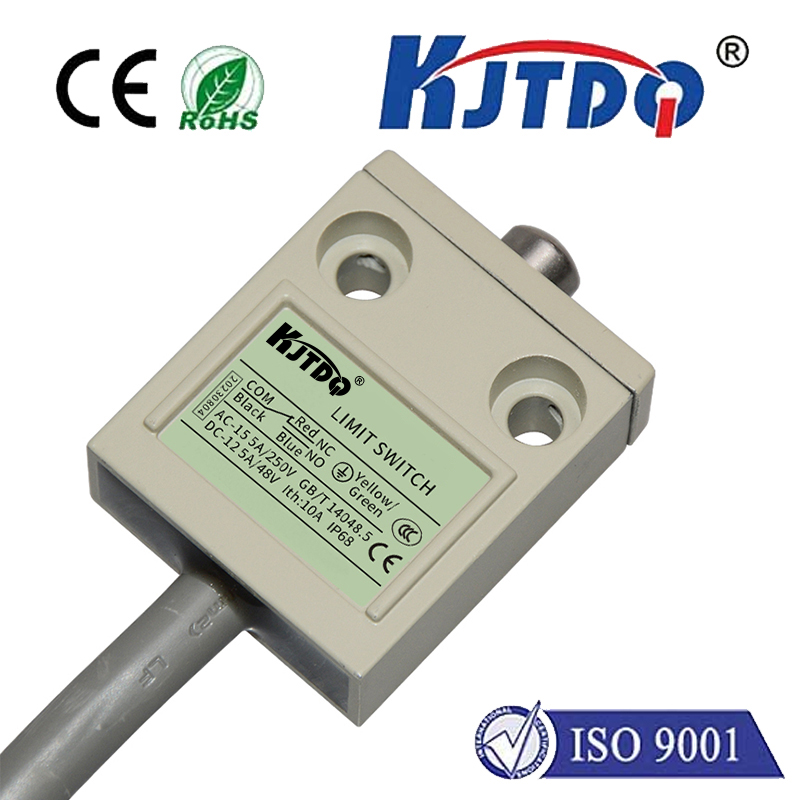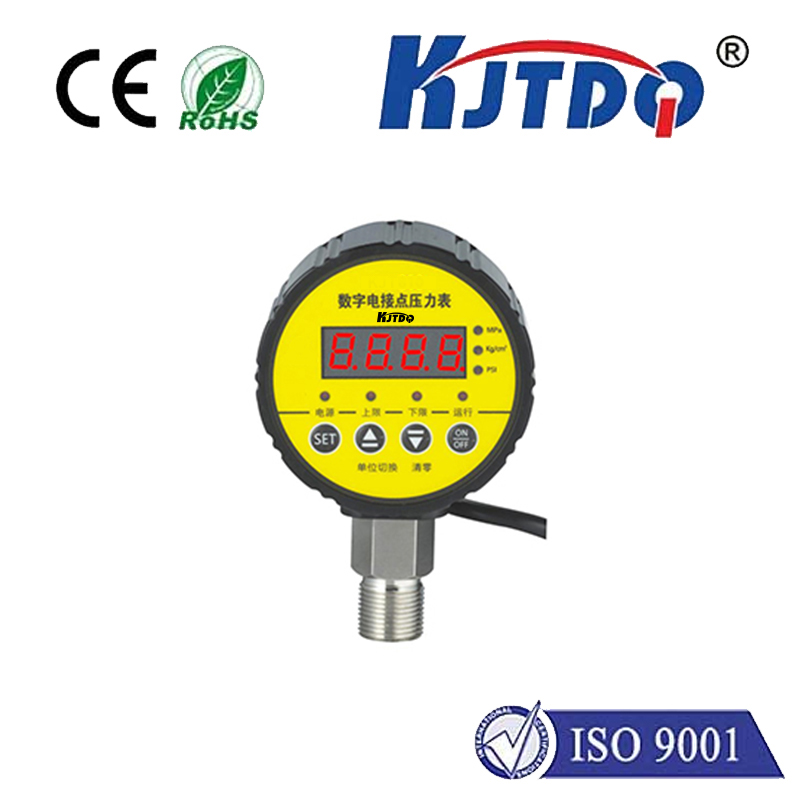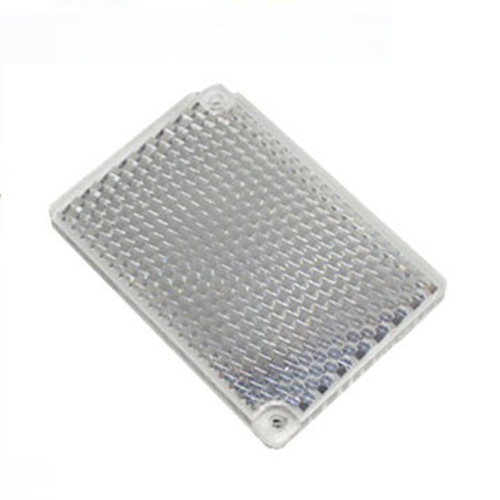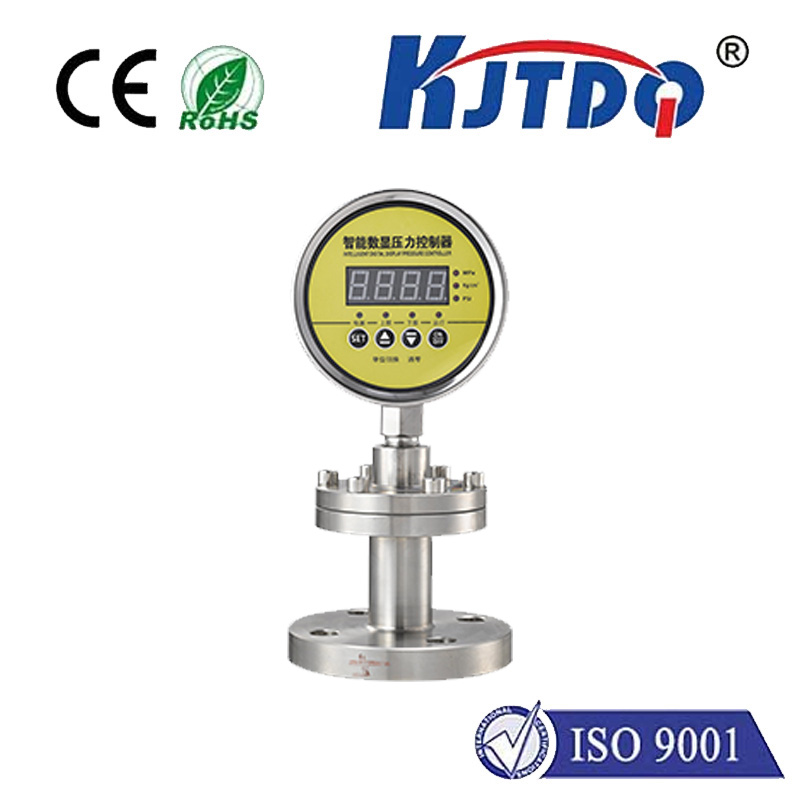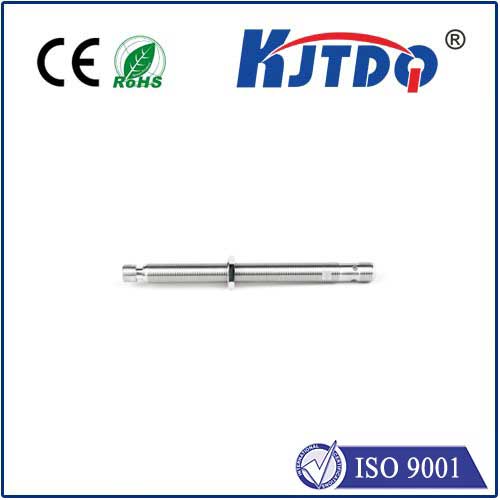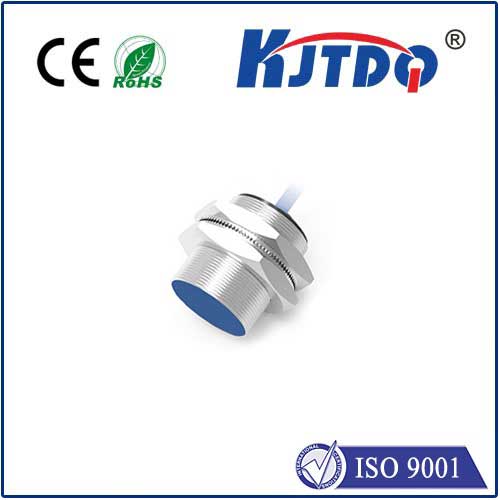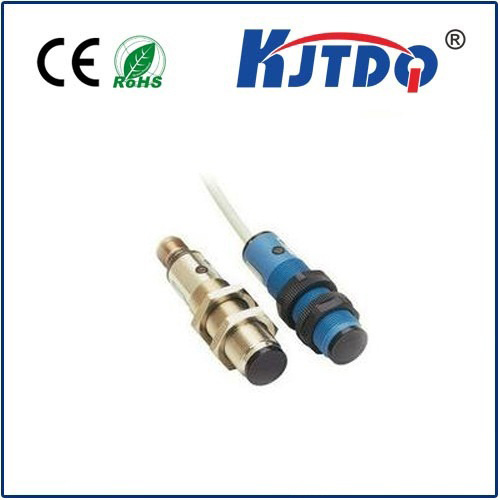Ограничительный переключатель ATWood
- time:2025-08-02 00:55:33
- Нажмите:0
Atwood Limit Switch: The Silent Guardian of Your RV’s Critical Movements
That satisfying hum as your RV’s leveling jacks extend, effortlessly lifting tons of metal to find solid ground. The smooth glide of your slide-out room, magically expanding your living space. These moments of RV convenience rely heavily on unseen components working flawlessly. Among the most crucial, yet often overlooked, is the Atwood limit switch. Far more than just a technical footnote, this small device acts as the essential sentry, preventing catastrophic damage and ensuring the safe, reliable operation of your vital systems. Understanding its function is key to appreciating the intricate choreography that makes RV living comfortable and worry-free.
Understanding the Limit Switch: Where Movement Meets Its Boundary
At its core, a limit switch is a simple safety device. It’s an electromechanical sensor strategically placed at the physical endpoints (limits) of a moving component’s travel path. Its purpose is fundamental: to detect when that component reaches its maximum allowed extension or retraction and immediately cut off power to the motor driving it. Think of it as an automatic off-switch triggered by physical position, not by time or guesswork.
The Atwood Advantage: Precision Engineering for Demanding Environments
While limit switches are common across many industries, Atwood Mobile Products has earned a reputation for designing and manufacturing components specifically engineered for the unique challenges of the RV and marine sectors. An Atwood limit switch is built to withstand:

- Vibration and Shock: Constant road travel subjects components to relentless shaking and impacts.
- Environmental Extremes: Exposure to moisture, road grime, dust, and significant temperature fluctuations.
- Electrical Loads: Handling the power demands of motors operating heavy jacks or slide-outs reliably.
This durability and reliability are precisely why Atwood switches are frequently the OEM (Original Equipment Manufacturer) choice for major RV producers and are trusted by service techs nationwide.
Where You’ll Find Atwood Limit Switches in Your RV
The two most common locations for critical Atwood limit switches are:
- Leveling Jack Systems: This is arguably their most vital application. Each leveling jack (or group of jacks) incorporates limit switches.
- Extension Limit Switches: Positioned at the point of maximum safe extension. When the jack reaches its full designed length, this switch activates, cutting power to prevent over-extension, which could buckle the jack, damage its housing, or strain the RV frame.
- Retraction Limit Switches: Positioned at the fully retracted position. When the jack is completely tucked away, this switch triggers, stopping the retraction motor to prevent it from grinding or damaging itself against internal stops. Precise retraction limits are vital for ground clearance while driving.
- Slide-Out Rooms: These complex mechanisms rely heavily on limit switches for safe operation.
- Outer Limit Switches: Ensure the room stops precisely at its fully deployed position. Over-extending risks tearing seals, damaging walls or mechanisms, or even causing the room to jam or detach.
- Inner Limit Switches: Guarantee the room stops cleanly when fully retracted. Failure here risks the room crushing interior objects, damaging its own trim, or failing to seal properly against the elements.
Why This Tiny Component is a Safety Essential
Ignoring the role of the Atwood safety switch is a gamble no RV owner should take. Its failure, or absence, can lead directly to:
- Costly Mechanical Damage: Over-extended jacks bend or break. Over-retracted motors burn out. Slide-out mechanisms jam or suffer structural stress. Repairs can run into thousands.
- Electrical System Damage: Motors forced beyond their limits draw excessive current, potentially blowing fuses, damaging wiring harnesses, or even harming control modules.
- Safety Hazards: A jack collapsing unexpectedly or a slide-out failing secure retraction while driving poses significant risks. Water intrusion from a poorly retracted slide-out damages interiors.
- Stranded Situations: Failure to deploy or retract critical systems can leave you unable to level your RV or even drive away from a campsite.
Recognizing the Red Flags: Symptoms of a Failing Atwood Limit Switch
Don’t wait for a major failure. Be alert to these common signs that an Atwood limit switch might be malfunctioning:
- Failure to Stop at Limit: The most obvious sign – a leveling jack keeps trying to extend or retract past its natural stopping point, straining the motor. A slide-out room slams violently into its stops.
- Early Stopping (Short Cycling): The system stops moving prematurely, well before reaching the intended limit. This often indicates a switch falsely triggering due to corrosion, misalignment, or internal damage.
- Intermittent Operation: Movement works sometimes but not others, often linked to vibration or position suggesting a failing connection within or at the switch.
- Burned Smell or Visible Damage: Overheated wiring near the switch housing or the switch itself can indicate it’s failing to interrupt power, causing sustained motor overload.
- Diagnostic Trouble Codes: Modern RV control systems often log specific fault codes indicating limit circuit problems.
Maintaining and Replacing Your Atwood Safety Switch
While robust, limit switches aren’t immortal. Proactive steps ensure longevity:
- Keep It Clean: Periodically inspect switch locations around jacks and slide-outs. Gently clean away accumulated dirt, road salt, and grease that can interfere with the actuator arm or cause corrosion. Avoid high-pressure water directly on the switch.
- Check Connections: Ensure wiring plugs are secure and free of corrosion. Look for chafed or damaged wires.
- Verify Alignment: Ensure the moving part (jack tube, slide-out arm) reliably contacts the switch’s actuator lever at the correct point in its travel. Misalignment is a frequent cause of malfunction.
- Replacement: If a switch fails, replace it with the correct Atwood part number. Generic switches may not handle the environmental rigors or electrical loads. Installation typically involves: 1) Safely supporting the RV/disconnecting power. 2) Locating the faulty switch. 3) Disconnecting wiring. 4) Removing mounting screws. 5) Installing the new switch in the precise orientation and location. 6) Reconnecting wiring securely. Tighten mounting hardware to specification – overtightening can crack the housing. Always consult your RV or component manual for specifics. If unsure, seek professional RV service tech assistance.
The Atwood limit switch exemplifies how critical safety often hinges on small, meticulously engineered components. It operates silently, unseen, but its vigilance is constant. By understanding its vital role in preventing damage and ensuring the safe operation of your leveling jacks and slide-outs, you gain a deeper appreciation for the systems that make your RV adventures possible. Recognizing the signs of trouble and knowing the importance of proper maintenance or timely replacement with genuine Atwood parts empowers you to protect your investment and enjoy peace of mind on the open road. It’s the unassuming barrier between seamless functionality and a potential repair nightmare.







